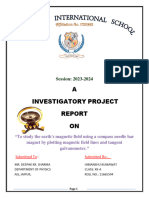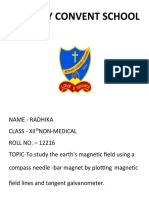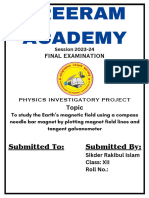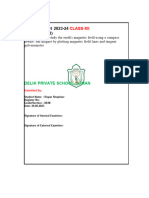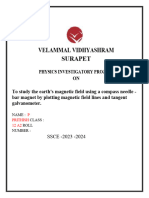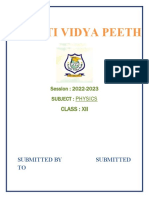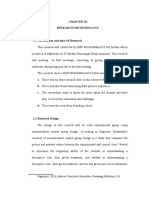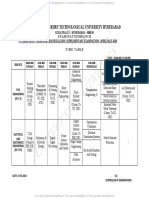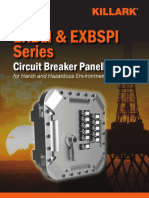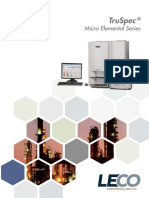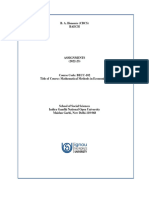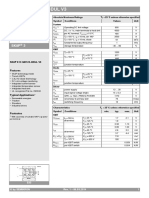0% found this document useful (0 votes)
115 views23 pagesStudy Earth's Magnetic Field Project
The document is a physics investigatory project report submitted by Trailokya Tejodipta Nayak for class 12. The aim of the project is to study Earth's magnetic field using a compass needle and bar magnet by plotting magnetic field lines. The report includes an introduction, aim, apparatus required, theory, procedure, observations, calculations, graph, result, precautions, facts, and bibliography. The experiment involves using a tangent galvanometer to measure the magnitude of the horizontal component of the geomagnetic field.
Uploaded by
Ronit NayakCopyright
© © All Rights Reserved
We take content rights seriously. If you suspect this is your content, claim it here.
Available Formats
Download as DOCX, PDF, TXT or read online on Scribd
0% found this document useful (0 votes)
115 views23 pagesStudy Earth's Magnetic Field Project
The document is a physics investigatory project report submitted by Trailokya Tejodipta Nayak for class 12. The aim of the project is to study Earth's magnetic field using a compass needle and bar magnet by plotting magnetic field lines. The report includes an introduction, aim, apparatus required, theory, procedure, observations, calculations, graph, result, precautions, facts, and bibliography. The experiment involves using a tangent galvanometer to measure the magnitude of the horizontal component of the geomagnetic field.
Uploaded by
Ronit NayakCopyright
© © All Rights Reserved
We take content rights seriously. If you suspect this is your content, claim it here.
Available Formats
Download as DOCX, PDF, TXT or read online on Scribd
/ 23














